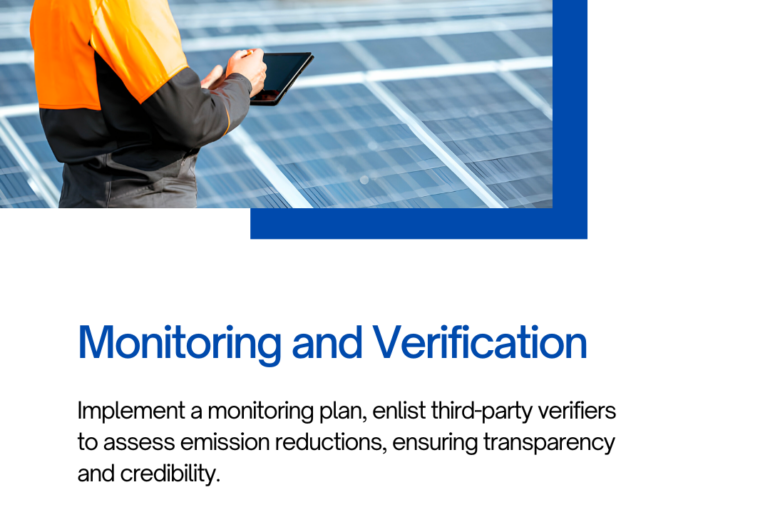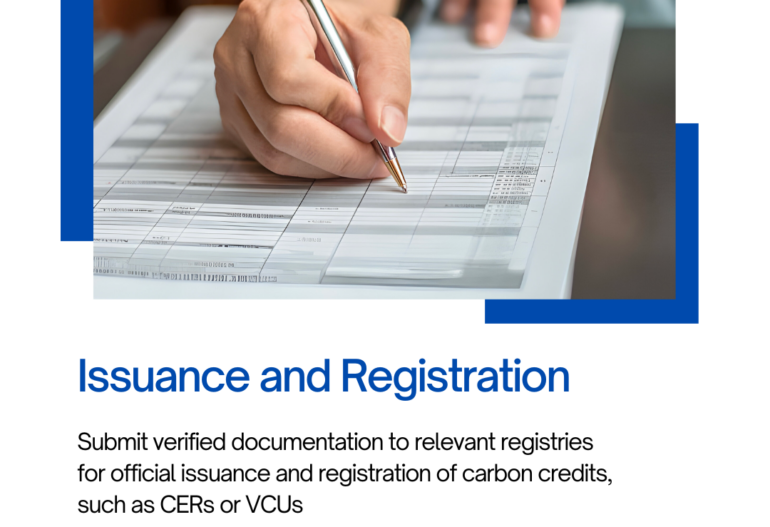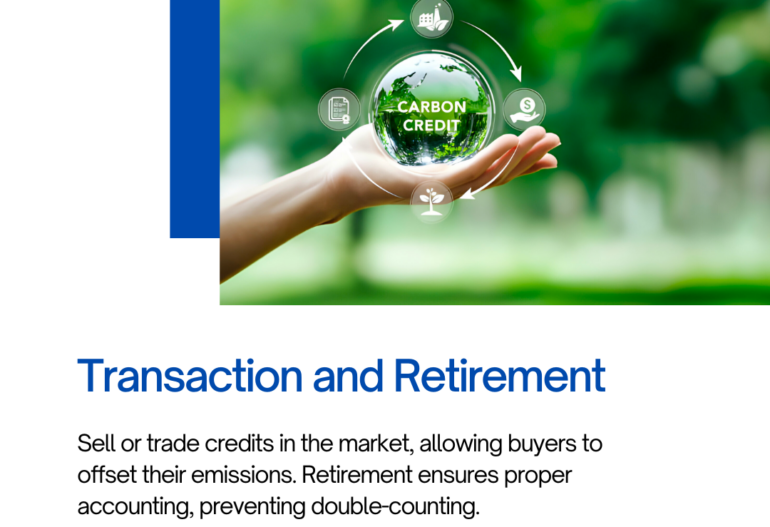In a world grappling with climate change, carbon credits have emerged as a powerful tool to incentivize and reward initiatives that reduce or remove greenhouse gas emissions. If you’re intrigued by the prospect of claiming carbon credits, this comprehensive guide breaks down the process into five key steps.
1. Project Development: Identifying the Catalyst for Change
The journey begins with the identification and development of a project aimed at emission reduction or removal. This could encompass a wide range of initiatives, including renewable energy projects, reforestation efforts, methane capture, or improvements in energy efficiency. The pivotal aspect is aligning the project with recognized standards such as the Clean Development Mechanism (CDM) or Verified Carbon Standard (VCS). These standards provide a robust framework for project development, ensuring that the emission reductions are real, measurable, and sustainable.

2. Baseline Assessment and Additionality: Setting the Stage for Change
Once the project is outlined, establishing a baseline becomes crucial. This involves determining the level of emissions that would have occurred without the intervention of the project. Simultaneously, the concept of additionality comes into play. Additionality essentially requires demonstrating that the emission reductions achieved by the project are beyond what would have occurred under a business-as-usual scenario. This step ensures that the credits earned truly reflect a net reduction in emissions.

3. Monitoring and Verification: Ensuring Credibility and Transparency
Effective monitoring is the backbone of any carbon credit project. A well-thought-out monitoring plan is implemented to track the actual emissions reductions or removals generated by the project over time. To add an extra layer of credibility, third-party auditors or verifiers are engaged to assess and verify the project’s performance. This external validation ensures transparency and instills confidence in the claimed emission reductions.

4. Issuance and Registration: Transforming Efforts into Tangible Credits
With verified emission reductions in hand, it’s time to submit the necessary documentation to the relevant carbon credit registry or program for official issuance and registration. This step transforms the project’s efforts into tangible carbon credits. These credits, often represented as Certified Emission Reductions (CERs) or Verified Carbon Units (VCUs), become the currency of the carbon market, ready to be traded or sold.

5. Transaction and Retirement: Driving Impact Through Market Participation
Carbon credits are not just badges of honor; they have real-world value. The next step involves selling or trading these credits in the voluntary or compliance market. Buyers, often corporations aiming to offset their own emissions, can utilize these credits to contribute to their sustainability goals. Importantly, the retirement of carbon credits is a critical final step. This ensures that the emission reductions are accounted for and not double-counted by multiple parties, maintaining the integrity of the carbon credit market.

Conclusion: Paving the Way for a Greener Future
Claiming carbon credits is a journey that involves careful planning, adherence to standards, and a commitment to transparency. As we navigate the complexities of climate change, individuals, businesses, and organizations have a unique opportunity to actively contribute to a greener future.

By understanding and implementing the five key steps outlined in this guide, we can turn our aspirations for sustainability into measurable and impactful actions. The road to carbon credit claiming is a powerful one, and with each step, we pave the way for a more sustainable and resilient planet.



